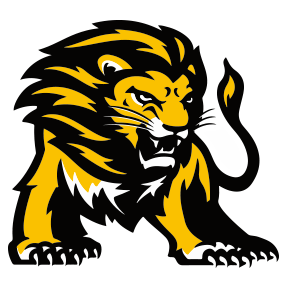Many people don't think science and food have much to do with each other. However a new class at Salem High School is teaching students that they are very much connected. Tressie Barrett is teaching food science, which includes biology, chemical engineering, and biochemistry. The class also teaches the way food processes and how to improve food products. You have to have some science and logical skill In Barrett's class. Students are in the FACS room baking and learning about different ingredients and why they are used. In food science students are learning the physical and chemical makeup of food and how to cook and make foods. Barrett said they will learn more about the viscosity. ” I am excited to be teaching this course,” she said.
“Being able to involve more students in agriculture courses has the potential to influence the human population on the global scale. Agriculture courses expose students to some of the grand challenges that we currently and will likely face in the future including food security and water quality as well as equip them with the skills and knowledge they will need to address these challenges as future leaders”.
In this new class that Barrett is teaching, students will be able to examine some of these grand challenges and begin to understand the role food science plays in providing solutions to them. The students need to be able to understand how food is processed and the impact these processing methods have on the overall nutritional quality and safety of the products. These ideas are central to students being able to make informed decisions regarding their food selection, which can have a major impact on their current and future health status.
Barrett said for those students who choose to pursue a food-related career at any level, these concepts will be essential in ensuring they are able to positively and meaningfully impact the quality and safety of the food provided in their communities and potentially, nationally or Internationally. “ I have enjoyed seeing the innovative food design ideas the students developed and their methods for collecting and analyzing sensory data to determine the consumer acceptance and marketability of their products as well as drive decision making for future iterations of their products,” said Barrett. Another aspect of the class is being able to discuss how the topics students are learning apply to industry. Barrett said the students are great about asking questions and bringing up good discussion points with respect to how the topics we are studying are relevant to their lives and to industry.
She said although students will likely specialize in a particular field as they begin their careers, it is essential for them to be able to work cross-functionally with professionals from other disciplines. Barrett’s vision for the future of this food science class is to connect students with professionals within the food science field so that they can have a better understanding of how the information they are Learning in the classroom translates to real-life applications. This course is rooted in preparing students to be college- and career-ready. Barrett’s goal is to provide students with opportunities to develop professional skills and gain experiences that will be needed in the next phase of their lives. “I believe that if students can see and experience the real-life applications of what they are learning in the classroom, they will form deeper connections with the material and will be able to produce more meaningful work,” she said.
Barrett is currently working to develop industry connections so that students can tour food manufacturing facilities and see first-hand many of the components come together to make a product. These types of trips are invaluable for students in terms of demonstrating the interconnectedness of the different content areas they study in school as well as the level of complexity and depth of knowledge required to effectively run an industrial operation. Barrett's hope is that these experiences will drive students to set challenging goals for themselves academically and personally as they finish their high school careers and prepare for their next chapter.

